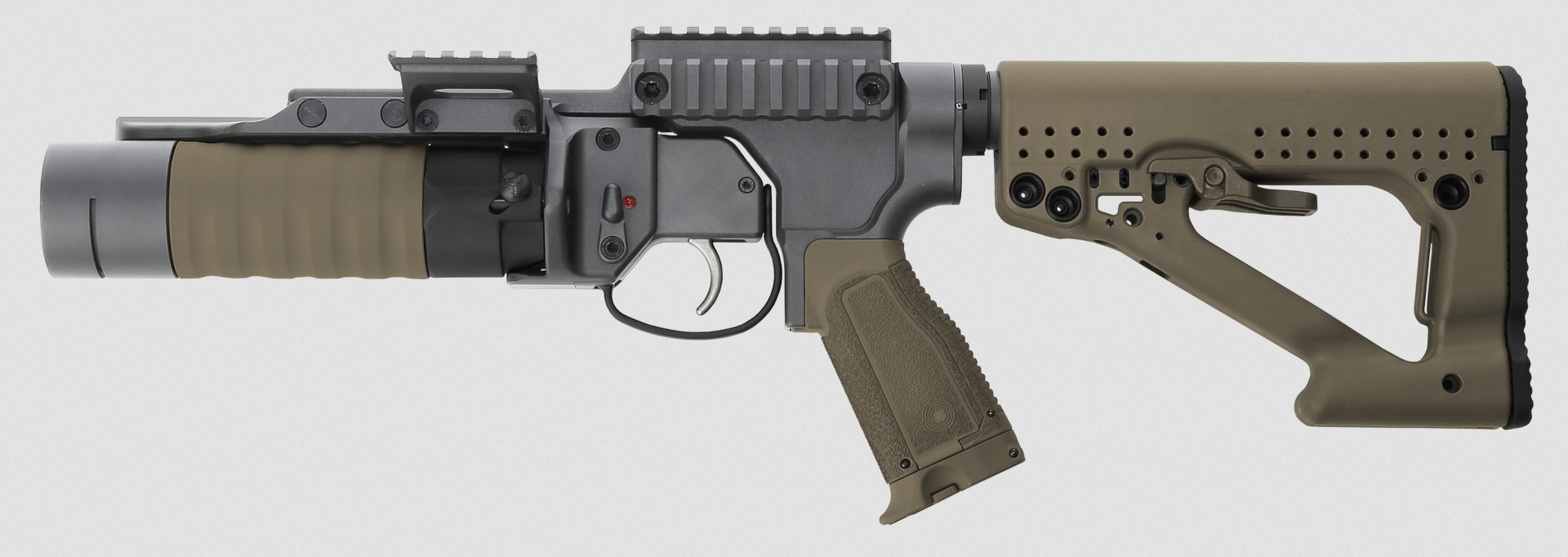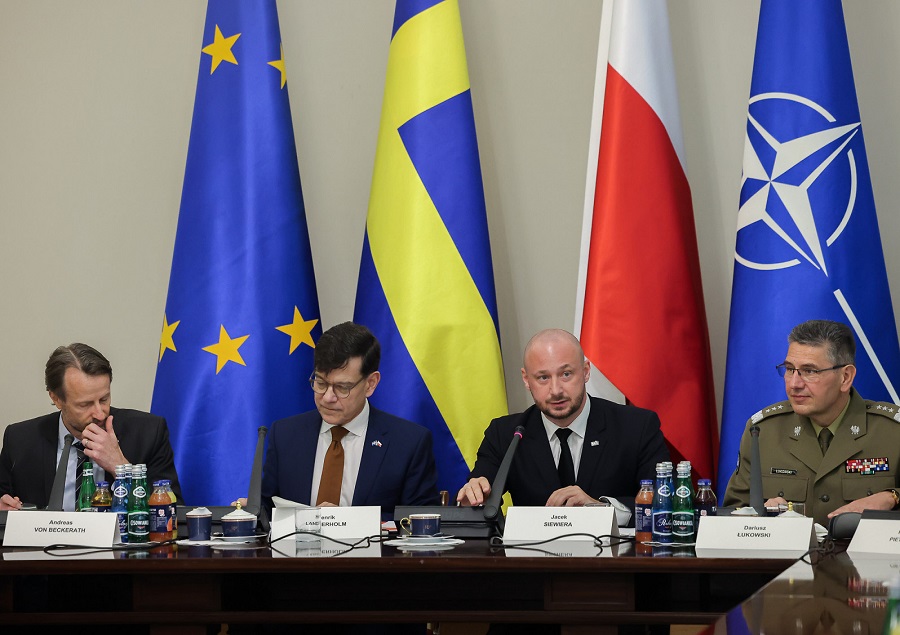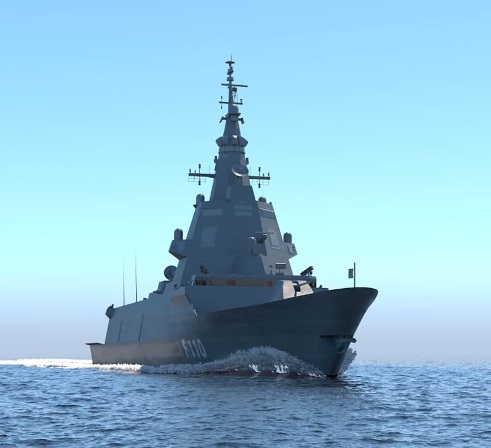As the GRF, 16 Air Assault Brigade Combat Team (16 Air Asslt BCT) demonstrates a more agile, integrated, lethal and expeditionary Army. The Brigade has gained additional artillery, engineer, and logistic sub-units to create a third battlegroup built around its existing Royal Gurkha Rifles battalion; while 1st Battalion The Royal Irish Regiment (1 R IRISH) joined as light recce strike infantry.
Exercise Wessex Storm, which is taking place in Wiltshire, sees 2nd Battalion The Royal Gurkha Rifles (2 RGR) and 1 R IRISH being challenged to prove their readiness to respond to international crises. The troops are on a simulated mission testing their ability to seize and hold terrain.
2 RGR started the mission by capturing Keevil airfield in a helicopter assault, with the heavier forces of 1 R IRISH following by airlanding from RAF transport aircraft.

Captain Toby Eddings, of 2 RGR, said: “This is an opportunity to work with all arms, the broad spectrum of the British Army’s capabilities, as well as joint operations with the RAF to conduct the rapid air landing and practice that air movement element.
“For our soldiers it is exposure to the Army beyond the infantry, to understand what the engineers and artillery bring and their part in the wider picture, and what is available to them should we deploy overseas.”
As the force advances across Salisbury Plain, 2 RGR is being enabled to fight, move, and live by the engineers of 70 Gurkha Parachute Squadron and supplied with food, fuel, and ammunition by 15 Air Assault Support Squadron Queen’s Own Gurkha Logistic Regiment.
Lance Corporal Amrit Thapa, recently returned to the UK with 2 RGR following the battalion’s five-year posting in Brunei, has been training for fighting in built-up areas.
“We were more focused on the jungle whilst overseas but didn’t forget our urban tactics and exercising on the vast area of Salisbury Plain has sharpened our skills and drills,” he said. “We have been operating in a very complex urban training environment, it is very challenging but really good, we’ve learnt a lot.”
Capt Eddings concluded: “The bottom line of Exercise Wessex Storm for 2 RGR is it prepares us to be the Air Manoeuvre Battle Group within 16 Air Asslt BCT.
“It is looking at us to react quickly to operations at short notice in a variety of conditions, against an unknown enemy force, ready for situations that may occur in the future as we saw in Afghanistan with Op Pitting, and currently as we see is happening in Sudan.”

As light recce strike, 1 R IRISH is mounted in Jackal and Foxhound patrol vehicles to enhance the mobility, firepower, and reconnaissance capabilities of the brigade. It has the flexibility to deploy onto operations by airlanding or driving, and the skills and mindset to conduct air assault operations.
Speaking about the new role, 1 R IRISH’s Commanding Officer Lieutenant Colonel Andy Bourne said:
“We have joined the exercise as a semi mechanised battalion, and we work in concert with 2 RGR to either clear the way for them to assault buildings or to secure an airfield for them to drop into. We give the Brigade Commander eyes and ears over the horizon.
“It has been brilliant, we’ve come out with what we think are good ideas and we’ve had the chance to test them, trial them, to readjust and go again. I think the product we have at the end of it is now hardened and battle tested, and ready to be at readiness.”
16 Air Asslt BCT currently has troops training alongside its NATO airborne allies in Poland and Estonia, with manoeuvres alongside US and French airborne troops in Kenya and Oman respectively later in the year. All the while, troops are on standby to respond to global crises.
























